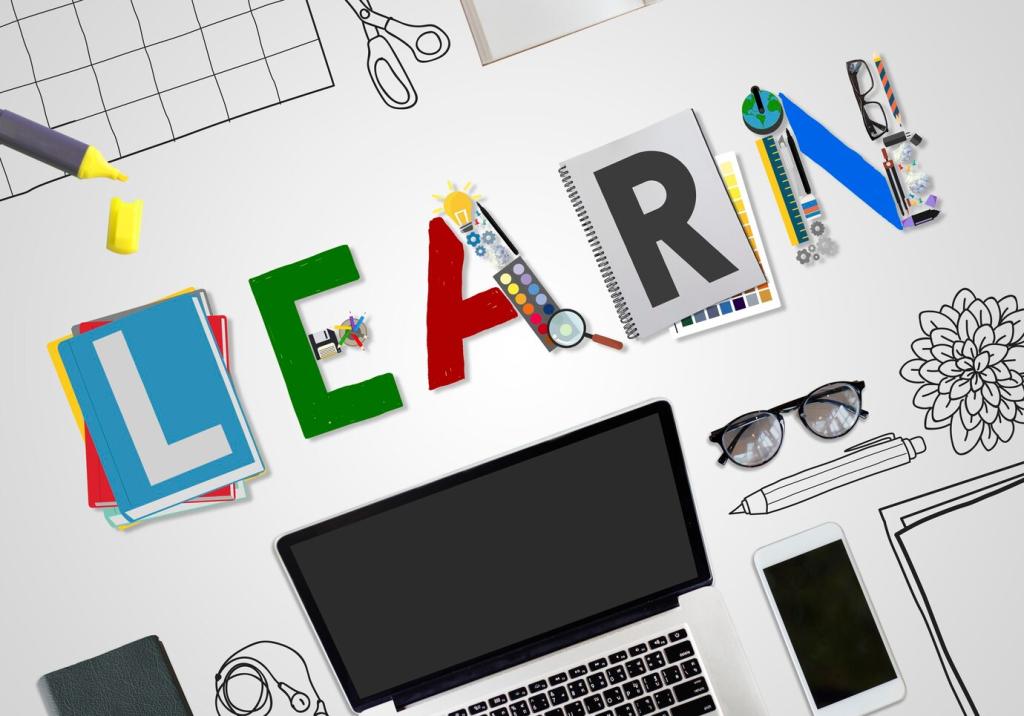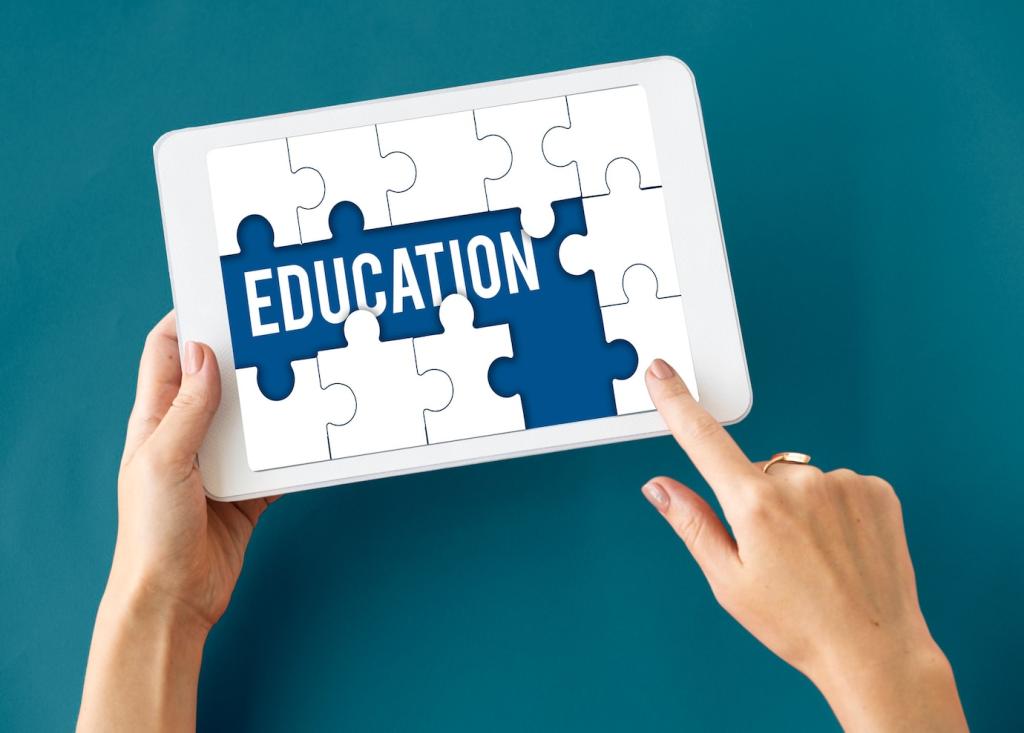
Chosen Theme: Comparing Traditional and Digital Encyclopedias in Education
Step into a thoughtful exploration of how print volumes and online encyclopedias shape classroom learning. We compare strengths, gaps, and practical strategies so teachers and students can choose wisely. Join the conversation, share your experiences, and subscribe for future deep dives on evidence-based classroom resources.

This is the heading
Lorem ipsum dolor sit amet, consectetur adipiscing elit. Ut elit tellus, luctus nec ullamcorper mattis, pulvinar dapibus leo.

This is the heading
Lorem ipsum dolor sit amet, consectetur adipiscing elit. Ut elit tellus, luctus nec ullamcorper mattis, pulvinar dapibus leo.
Reading Depth and Cognitive Load
Traditional encyclopedias leverage page layout, headings, and physical location cues, helping students anchor information spatially. The slower pace encourages reflection, annotation, and deliberate rereads that can reduce cognitive load for complex, unfamiliar topics.
Reading Depth and Cognitive Load
Hyperlinks accelerate exploration but can fragment attention. Explicit goals, structured note-taking, and mindful link selection transform digital reading into purposeful inquiry, turning potential distraction into a scaffolded path toward deeper understanding and synthesis.


Authority, Accuracy, and Update Cycles
Print Editorial Pipelines and Stability
Traditional encyclopedias involve expert authors, peer reviewers, and meticulous copyediting. Once published, entries remain stable for years, supporting consistent references but risking outdated data in fast-moving fields like technology, climate science, and health.
Digital Revisions and Version Transparency
Digital encyclopedias can reflect new scholarship within days. Version histories and talk pages reveal editorial debates and source decisions, offering teachable moments about how knowledge evolves and why evidence-based updates matter in academic work.
Triangulation as a Classroom Habit
Teach students to confirm key claims using multiple sources, including subject-specific databases or authoritative agency sites. This habit counters both print obsolescence and digital volatility, reinforcing evidence-based judgments over single-source dependence.
Access, Equity, and Infrastructure
The Reach of Library Stacks
Print sets remain invaluable where broadband is limited, and they offer tactile browsing that supports emergent readers. However, replacement costs and storage needs can restrict topical breadth, especially in underfunded school libraries.
Connectivity, Devices, and Licensing
Digital encyclopedias expand access with text-to-speech, translations, and mobile compatibility, yet hinge on devices, bandwidth, and subscriptions. Planning for offline modes and equitable login policies keeps opportunities distributed fairly across classes.
Hybrid Purchasing With Equity in Mind
Blend a core print set with targeted digital licenses that include accessibility features. Survey students about access at home and school, then choose formats that reduce barriers and maximize learning time for everyone.

Dual-Format Scavenger Hunt
Ask students to locate the same fact in print and digital entries, then compare context depth, related topics, and cited sources. Have them reflect on speed, confidence, and comprehension to inform future research choices.

Update Timeline Challenge
Choose a rapidly changing topic and track how digital entries evolve over two weeks. Students document what changed, why, and which sources drove updates, then contrast with the static print entry to discuss currency.

Citation and Note-Making Workshop
Provide citation models for both formats. Students extract key ideas, paraphrase responsibly, and build a mini annotated bibliography. Invite them to share sticky-note strategies or digital highlights that improved accuracy and retention.
Stories From Classrooms and Libraries
Maya struggled to stay on task online, drifting through tangential links. Her librarian guided her to a print volume, and she reported calmer concentration, better notes, and a sense of progress marked by physical pages.
AI Summaries and Verification Routines
Students may use AI to summarize encyclopedia sections. Teach them to verify claims against original entries, check citations, and document differences, turning AI into a scaffold rather than a shortcut or source of error.
Linked Data, Images, and Context
Digital encyclopedias increasingly integrate maps, timelines, and primary sources. Encourage learners to trace links back to origin documents, strengthening contextual understanding and recognizing how multimedia can clarify or distort meaning.
